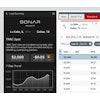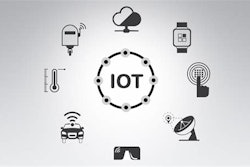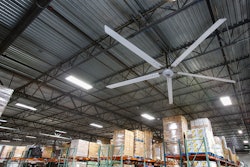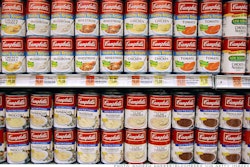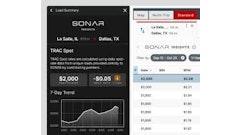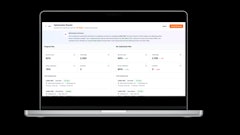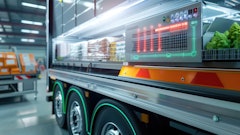
Maintaining a safe food supply has always been a focus of both private and public interests. The government supports food safety by enacting regulations and issuing recalls when necessary. Manufacturers and retailers similarly must ensure that goods reach consumers safely, and they want to ensure their food is safe for reputation and monetary reasons. With complex requirements for food safety during transport and storage, and with a limited time before inevitable spoilage, it’s no surprise that even the most well-regarded and established brands can be tarnished by illnesses resulting from defects in the shipping chain.
According to the Centers for Disease Control and Prevention (CDC), one in six Americans contract a food-borne illness every year. Of those, 128,000 are hospitalized and 3,000 die. Proper cold chain food handling processes are the first line of defense against this preventable tragedy.
At the same time, expanding global markets have resulted in wider distribution and tighter requirements for quality, safety and shipment integrity in the food industry. While shipments are traveling longer distances, the market is demanding premium products with short shelf lives and sensitivity to environmental fluctuations.
Meeting these challenges will rely on advancements in industrial IoT technology that provide access to information on humidity, light, shock, temperature and vibration. This data helps companies stay in cold chain regulatory and standard compliance while delivering optimal quality food to consumers.
Manufacturers and logistics companies are stepping up investment in solutions that document and monitor procedures, processes and environmental factors at every step of the supply chain, not only to comply with regulations, but to reduce cost and improve responsiveness when a problem occurs.
Technology Meets Road & Rail
In the past, it was difficult to document whether the chain of refrigeration was maintained during transport. Drivers could visually inspect the cooling unit and a thermometer inside the trailer during stops, but there was no way to remotely monitor the temperature in real time. With proper logging procedures, it was possible to infer that the temperature had remained within specification, but this was nowhere near the data that is available today. Cold chain technology has advanced to the point where most shippers and carriers can now monitor cargo environmental conditions in transit via logging or in real-time.
Temperature is the easiest factor to track, but for fruit and vegetables it can be even more important to track humidity. For other types of cargo, indications of light exposure or vibrations can be just as important. For example, fruits dropped too often may bruise, reducing the product’s value and opening the door for spoilage.
Maintaining quality of produce during shipment and storage is uniquely complex even among food cold chain logistics. The time between harvest and cooling is as important as an unbroken cold chain in ensuring freshness. Real time monitoring should be an integral element of protecting fresh produce throughout the supply chain.
Fresh produce has a very short product life cycle even under the best cold chain processes, and often must be managed separately from other food products. Damage to produce is immediately apparent to the consumer, who will not buy any products that look even slightly less than fresh.
Real-time monitoring of goods is now possible during storage, multi-modal shipping, drayage and at every waypoint in supply chain movements. The best solutions use intelligent sensors that provide constant data about the shipment’s location, temperature and other environmental factors such as shock, humidity and light exposure. These sensors can be assigned to individual pallets or cartons to provide discrete information for less-than-truckload (LTL) and smaller shipments. The sensor tags communicate with a master unit, which captures data in a log that can be used for auditing later. This information provides complete insight and visibility into food safety.
This field technology eliminates manual processes and complements the movement of food cargo through the supply chain. The solutions’ uninterrupted information helps make in-transit decisions that can save cargo, improve efficiency and increase shipper and carrier ROI. Monitoring and logging temperature and other environmental factors are important steps in complying with storage and transport regulations for perishable products. When something goes wrong, logs and audit trails can help determine what caused the problem and how to improve processes, training or equipment to ensure the same failure does not occur in the future.
As today’s global marketplace demands higher and higher quality and an ever-increasing variety of products, the demand on logistics and shipping companies will only increase. Smaller, faster shipments and a growing body of regulations are putting pressure on companies to manage deeper and deeper real-time data to improve processes, reduce waste and spoilage and save money. Technological solutions are now available to track pallets and cartons rather than whole loads, and to provide a continuous stream of temperature, location and other information.



